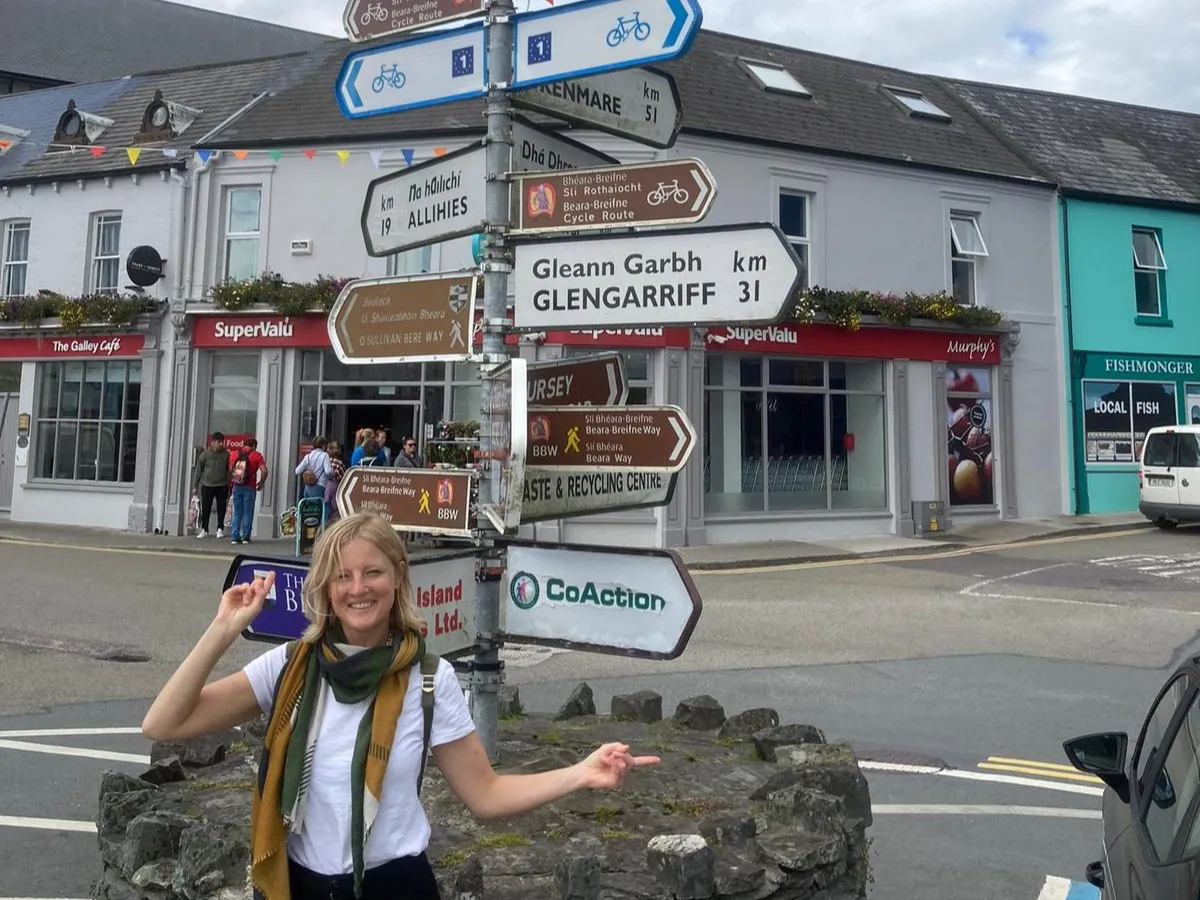
Lucy, our Head of Research Impact and Communications, shares the moment she was diagnosed with type 1 diabetes. And how research has revealed that her journey with type 1 began long before any symptoms appeared.
It was September 2008. I was in University College Hospital in London, having just been told I had type 1 diabetes, crying and contemplating a life with a serious, chronic health condition.
The consultant, in a well-meaning attempt to reassure me, told me an untruth: “Oh, it’s just like brushing your teeth, something routine you have to do.”
But nothing about it felt routine. In fact, everything felt terrifying. Looking back, the warning signs were there. I had been losing weight and feeling constantly exhausted, symptoms I put down to the stress of recently finishing my PhD. But it was the unquenchable thirst that rang alarm bells – never before had I woken in the night to down pints of water, or obsessed on my commute about the range of drinks I would consume when I reached the office.
I knew my diagnosis was a turning point. What I hadn’t realised was that my type 1 diabetes journey hadn’t started that September. It had begun months and likely years before I experienced any symptoms.
The hidden beginning
We know that people aren’t born with type 1 diabetes, but carrying certain genes can put you at increased risk of developing the condition.
These genes don’t give you type 1 diabetes, but they greatly enhance your chances of developing it. And it’s the combination of genetic risk and an environmental trigger (or triggers), such as a viral infection, that’s thought to set off the immune system’s attack on insulin-making beta cells in the pancreas.
As this autoimmune attack becomes established, proteins called autoantibodies are released that mark beta cells for destruction. Slowly and silently these cells are picked off until one day there’s not enough insulin to keep blood sugar levels in check and symptoms develop. By then, the damage is done.
A new understanding of the early stages of type 1 diabetes
Today, we call this symptomless phase - the months and years when beta cells are being attacked and in decline, but the body is still able to produce enough insulin - “early-stage type 1 diabetes”.
It’s now possible to tell if someone has early type 1 by looking in their blood for autoantibodies – those proteins that mark beta cells up for destruction.
A simple blood test will reveal if and how many type 1 diabetes autoantibodies someone has. Decades of research on children have shown that individuals with two or more autoantibodies and no symptoms are almost certain to develop the full-blown condition in their lifetime. In other words, they already have type 1 diabetes - they just don’t know it yet.
Why it matters
Fast forward 17 years, and research has advanced so much that my story could have been very different today.
Now, you can get tested for type 1 diabetes autoantibodies via screening studies like ELSA and T1DRA. People who are positive for two or more will receive the support needed to prepare for a life with type 1 diabetes. They will be monitored closely, may start insulin treatment earlier, and avoid a sudden, emergency diagnosis.
Some people might also receive an immunotherapy as part of a research trial – treatments designed to re-train the immune system to stop attacking beta cells. This could allow them to continue producing some of their own insulin for longer, buying valuable time. One such immunotherapy, teplizumab, is currently under review for approval in the UK.
With research progressing so rapidly, we’re moving towards a future where it might be possible to prevent the complete destruction of beta cells altogether – enabling people to keep producing enough of their own insulin for the rest of their days, effectively stopping type 1 diabetes before it fully takes hold.
And for me? If these research advances had come sooner, maybe I wouldn’t have spent the last 17 years on a relentless treadmill of blood sugar checks, insulin doses, hypos (low blood sugar) and hypers (high blood sugar), and 24/7 self-management. Maybe life would feel a little lighter without the worry of long-term complications. Maybe having type 1 would be as easy as brushing my teeth.
Hope for the future
I’m privileged to work at Diabetes UK, where we are committed to turning these “maybes” into realities, and to transforming the early management of type 1 diabetes.
That’s why we’re funding cutting-edge research into:
- Screening programmes to find everyone with early-stage type 1 diabetes before symptoms emerge.
- Effective ways to monitor and support people with type 1 diabetes autoantibodies so they’re not facing the journey alone, and don’t end up needing emergency care.
- Immunotherapies to delay or prevent the full onset of type 1 diabetes.
We’re also working with the NHS to make sure that breakthroughs are translated into clinical practice and benefiting people as quickly as possible. We're excited for a future where early detection and treatment are standard, and to the day when type 1 diabetes can be prevented altogether.
